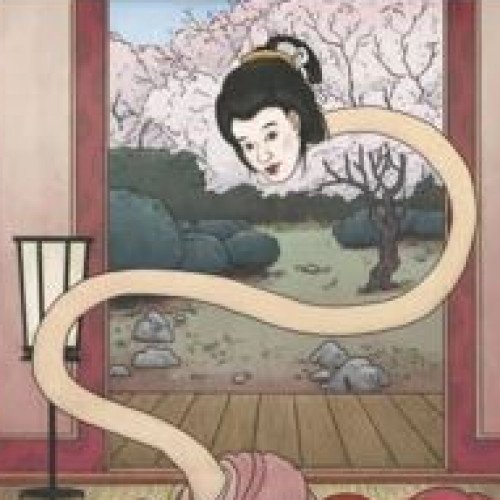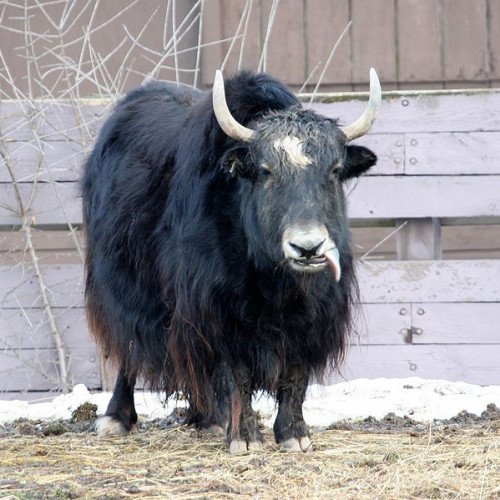Rokurokubi VS Kui (Chinese mythology)

Rokurokubi
Rokurokubi (ろくろ首, 轆轤首) is a type of Japanese yōkai (apparition). They look almost completely like humans with one of two differences. There is a type whose neck stretches and another whose head detaches and flies around freely (nukekubi). The Rokurokubi appear in classical kaidan (spirit tales) and in yōkai works. It has been suggested, however, that the idea of rokurokubi may have been created for scaring people into staying in past midnight
Statistics for this Xoptio

Kui (Chinese mythology)
Kui (Chinese: 夔; pinyin: kuí; Wade–Giles: k'uei) is a polysemous figure in ancient Chinese mythology. Classic texts use this name for the legendary musician Kui who invented music and dancing; for the one-legged mountain demon or rain-god Kui variously said to resemble a Chinese dragon, a drum, or a monkey with a human face; and for the Kuiniu wild yak or buffalo.